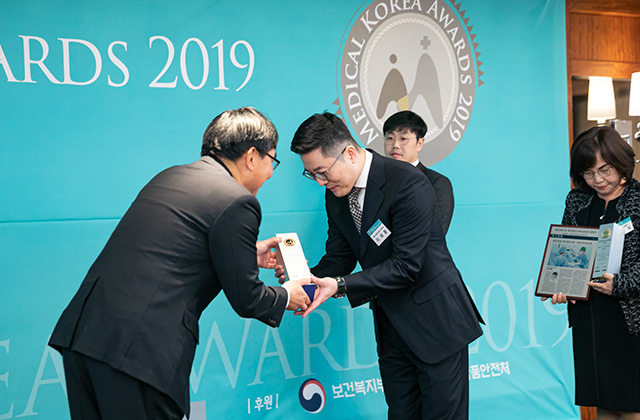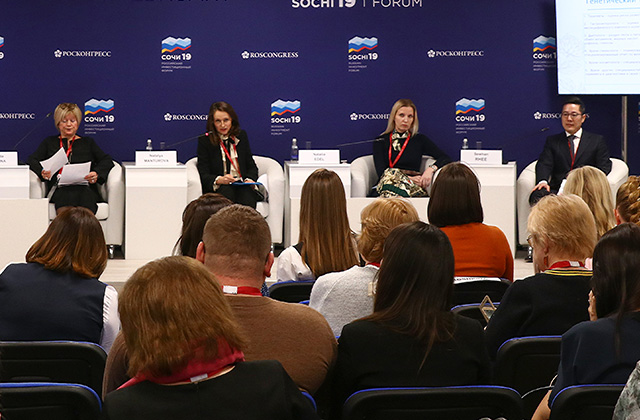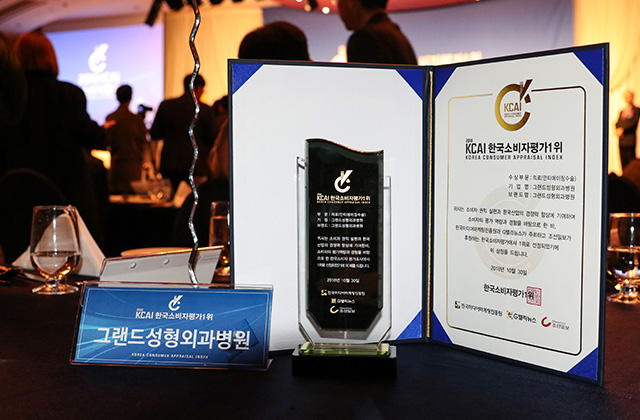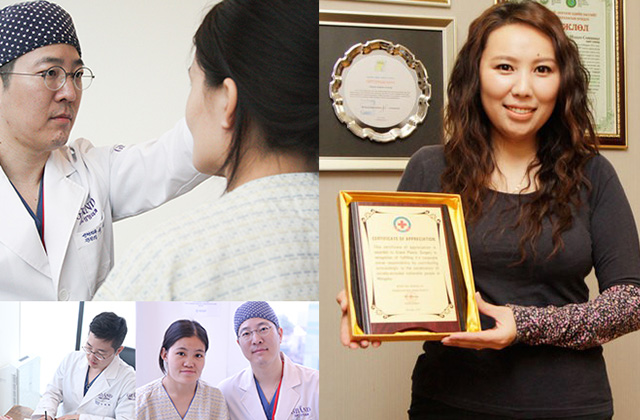GRAND PLASTIC SURGERY
Revision
Rhinoplasty
Deviated Nose Revision
Overdone(noticeably done) Nose Revision
Nasal Implant Revision
Nasal Capsular Contracture Revision
Infected Nose Revision
Rhinoplasty – Corrects the center of the face
What makes Grand Rhinoplasty so special?
Which nose surgery do I need?
Rhinoplasty Solution by Types
Correcting the deviated nose straight after rhinoplasty
Deviated Nose Revision
Surgery duration1 hour- 1.5 hours
Types of anesthesiaGeneral Anesthesia
HospitalizationSame-Day Discharge
Stitch removal1-2 weeks
-

Types of deviated nose
-
01
When the implant is deviated after Rhinoplasty
The bridge can look deviated after rhinoplasty if the implant is bent or changed overtime.
-
02
When the actual axis of the nose is bent
Revision surgery can be needed if rhinoplasty was done without correcting the deviation of the nose.
-
01
When the implant is deviated after Rhinoplasty
If rhinoplasty was done without correcting the deviated nose from the beginning
or the nose became deviated after the implant itself has bent,
correction is needed not only because of aesthetic aspects but also as it can cause functional problems.
-
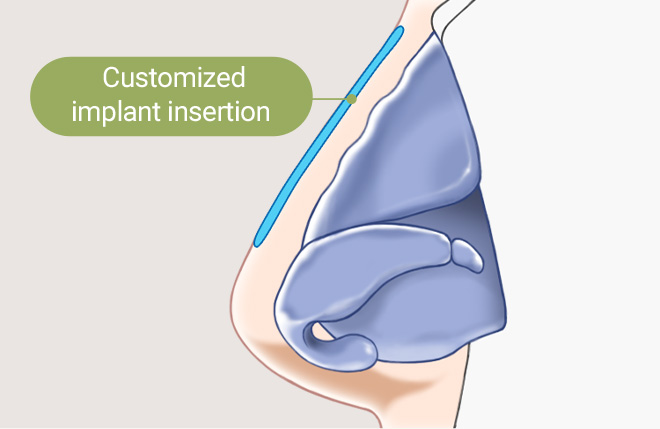
CASE 01
In case of slight deviation
Customized implant is additionally made to reinforce and correct the opposite side of the deviated cartilage.
-
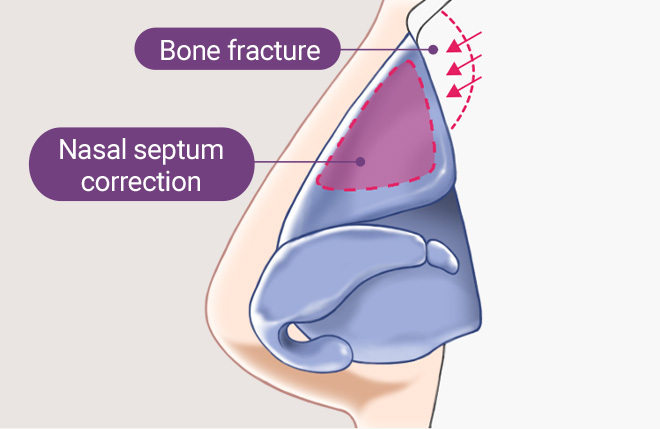
CASE 02
In case of severe deviation
The deviated nasal bone is fractured and corrected and the deviated nasal septum is corrected at the same time.
Deviated Nose Revision is suitable for those
- When the implant was placed slanted originally during insertion
- When the implant has bent overtime
- When the nose was originally crooked
- When the nose bridge looks deviated due to failed nasal tip cartilage insertion
Confidence with natural height and design
Overdone Nose Revision
Surgery duration1.5 hour- 2hours
Types of anesthesiaIV sedation
HospitalizationSame-Day Discharge
Stitch removal1-2 weeks
-
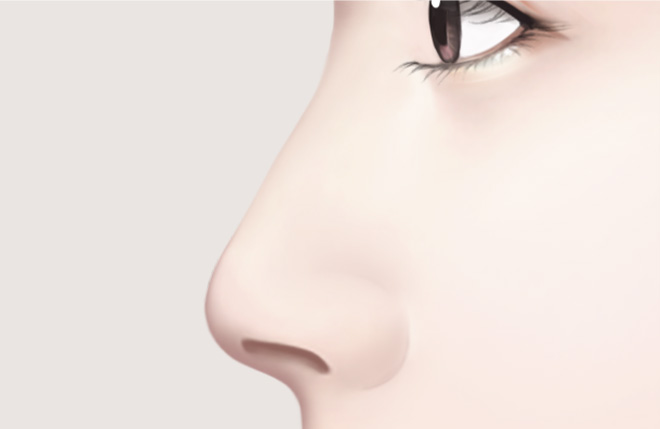
CASE 01
When the nose bridge is excessively high
-
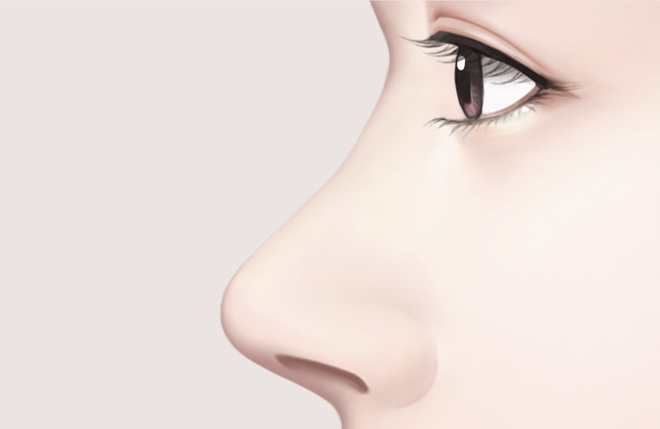
CASE 02
When the nasal tip is overly high or pointy
-
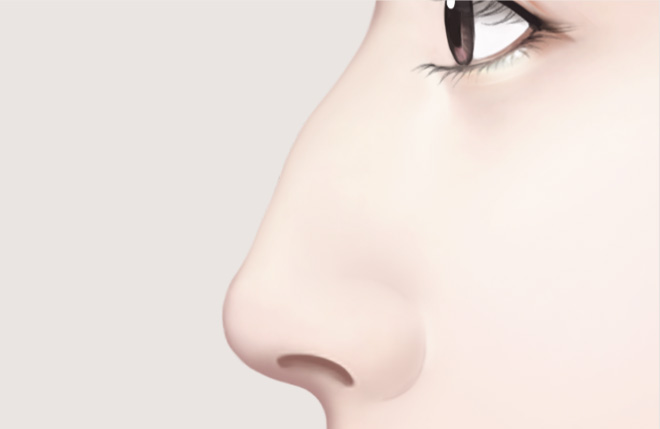
CASE 03
When the hump was not corrected properly
Rhinoplasty that was done without considering the balance of the face such as overly high glabella, pointy tip will be
precisely analyzed and the new shape of the nose will be designed according to the proportion of the face.
-
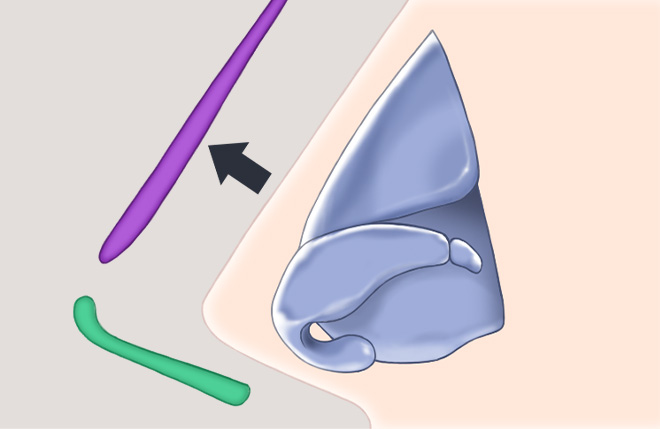
CASE 01
When the bridge is overly high
The previous implant is removed and custom-made implant is inserted considering the balance of the facial features.
-
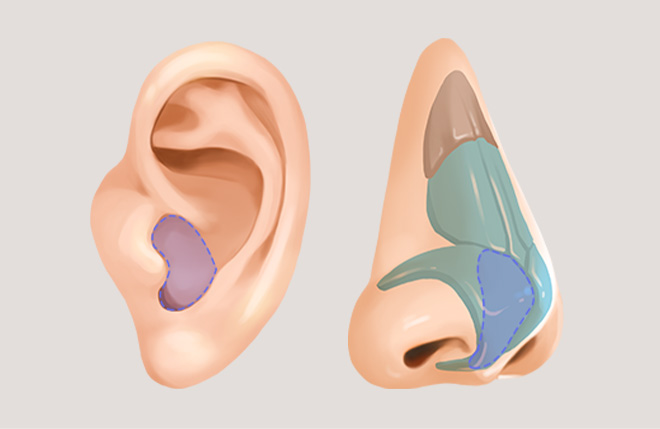
STEP 02
When the nasal tip is overly high or pointy
The previous unnatural looking implant is removed and the shape of the bridge and tip is corrected using autogenous cartilage such as ear cartilage or nasal septum.
-
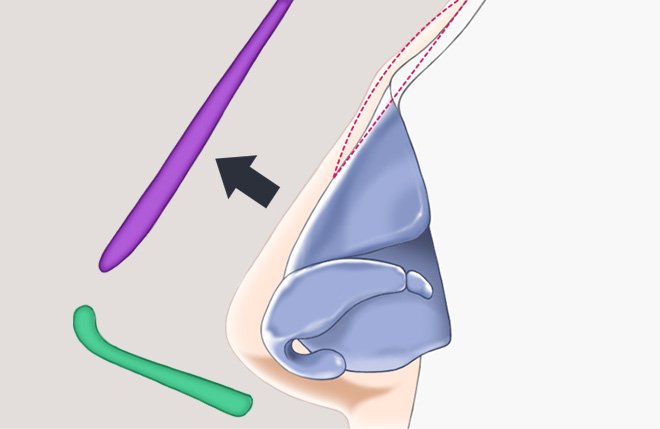
STEP 03
When the hump was not corrected properly
After removing the implant nasal bone & nasal cartilage reduction is performed. Custom-made implant is inserted to improve the shape of the nose after correcting the hump.
Overdone Nose Revision is suitable
- When the nasal bridge is overly high after rhinoplasty
- When the nasal tip looks unnaturally high after Rhinoplasty
- When previsous rhinoplasty was done very unnaturally and the nose doesn’t look balanced with the face
- When the hump was not corrected during previous Rhinoplasty
Side effect from implant is accurately improved
Nasal Implant Revision
Surgery duration1.5 hour- 2hours
Types of anesthesiaIV sedation
HospitalizationSame-Day Discharge
Stitch removal1-2 weeks
-
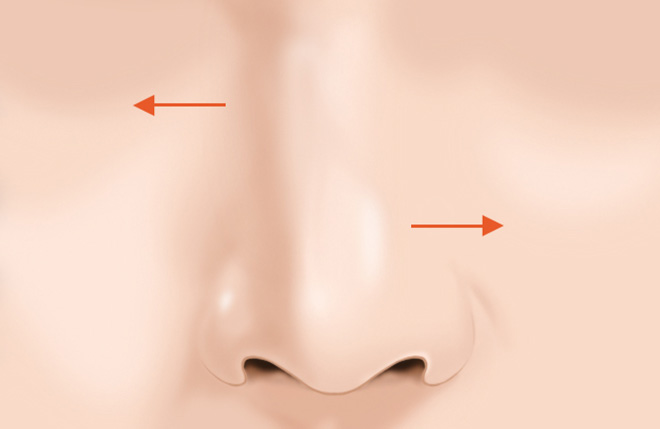
CASE 01
When the implant wobbles
-
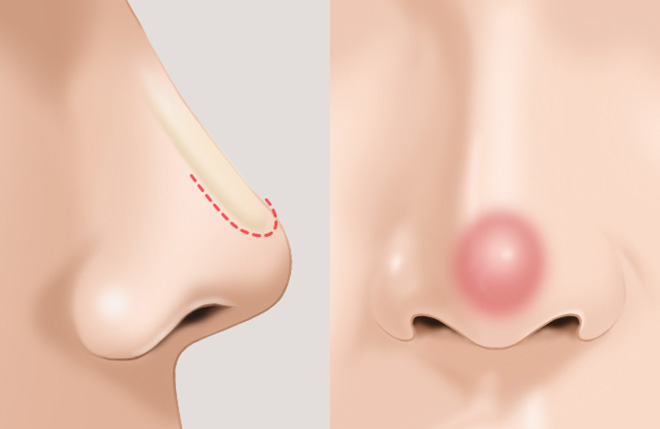
CASE 02
When the implant is visible or extruded
Revision surgery is required when the implant wobbles as it did not adhere to the nose properly
or the implant is visible or extruded from the tip due to skin thinning.
-
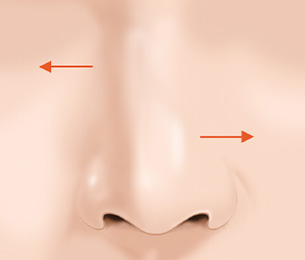
CASE 01
When implant wobbles
After removing the previous implant, space for the new implant is dissected through the lower part of periosteum and custom-made implant is inserted.
-
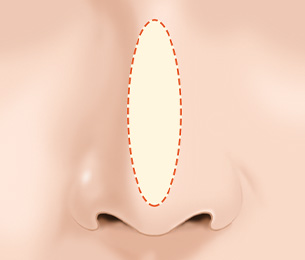
CASE 02
When the timplant is too thick
When the implant is excessively thick and does not match the facial image, it’s replaced with a thinner implant.
-
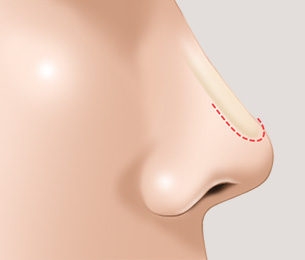
CASE 03
When the implant is visible from the bridge
When the implant is visible due to thin skin, it can be improved by wrapping the implant with temporal fascia.
-
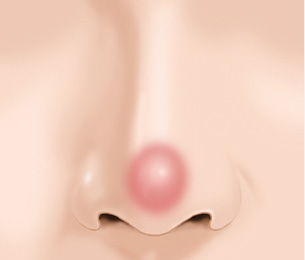
CASE 04
When the nasal tip is visible
After removing the implant the thinned skin is wrapped with dermis and tip plasty is performed using only cartilage.
Nasal Implant Revision is suitable for those
- When the implant wobbles after rhinoplasty
- When the skin becomes thin due to the thick implant
- When there is redness around the nose by the implant stimulating the tip
- When the implant is extruded inside the nose or outside the tip
Reconstruction of deformed nose due to nasal contracture
Nasal Capsular Contracture Revision
Surgery duration1 hour- 1.5 hours
Types of anesthesiaGeneral Anesthesia
HospitalizationSame-Day Discharge
Stitch removal1-2 weeks
-
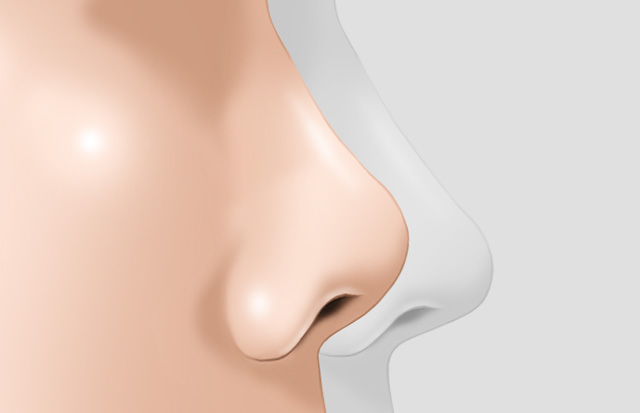
Capsular contracture Causes
-
01
Capsular contracture due to inflammation after rhinoplasty
It can be caused by adhesion of the epithelium around the implant and scar tissues inside the nose due to inflammation after the surgery.
-
02
Repetitive Rhinoplasty
As a result of undergoing multiple rhinoplasty revision surgeries the nose can become hard and short due to scar tissues.
-
01
Capsular contracture due to inflammation after rhinoplasty
Capsular contracture occurs due to inflammation or repetitive revision surgeries as the skin becomes hard and short.
The procedure of extending the length of the tip and lowering the unturned tip is needed.
-
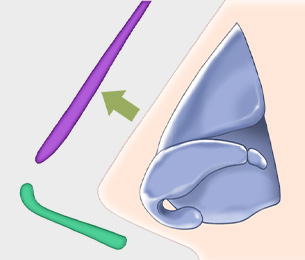
CASE 01
After removing the implant the contracture is released.
-
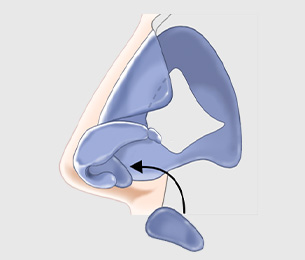
CASE 02
The nose is reconstructed using nasal septum or ear cartilage. If necessary rib cartilage can be used.
Nasal Capsular Contracture Revision is suitable
- When the nose is upturned due to contracture
- When the nose became short due to contracture
- When the upturned tip was extended unnaturally
- When the implant looks deformed due to contracture
Preventing the inflammation using autologous tissue
Infected Nose Revision
Surgery duration1 hour- 2 hours
Types of anesthesiaIV sedation
HospitalizationSame-Day Discharge
Stitch removal1-2 weeks
-

The reason of nasal
inflammation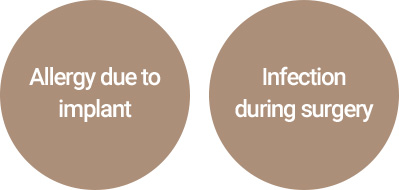
Nasal inflammation has to be treated as it can disturb the surgical area to heal properly or cause contracture.
The inflammation can be treated and prevented by removing the previous implant and using autologous tissue.
-
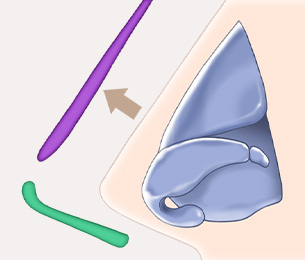
CASE 01
Implant that causes inflammation is removed.
-
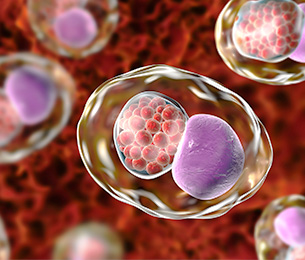
CASE 02
Allow the inflammation to subside with enough recovery time and treatment.
-
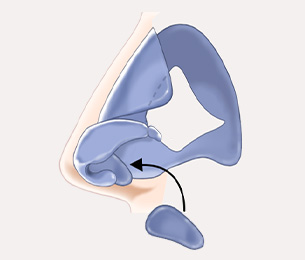
CASE 03
Autologous tissue (nasal septum, ear cartilage, rib cartilage, autologous dermis, etc) is used to prevent recurrent inflammation.
Infected Nose Revision is suitable for those
- When hematoma last for a long time due to blood pooling
- For people who have constant pain in the surgical area due to inflammation
- When there is constant pus and blood inside the nose
Materials used for rhinoplasty by types
Various rhinoplasty materials suitable for individual nose
Suitable materials are used for individual nose types.
Silicone implant is used for nasal bone and autologous cartilage is used for nasal tip.
- Autologous tissues
-
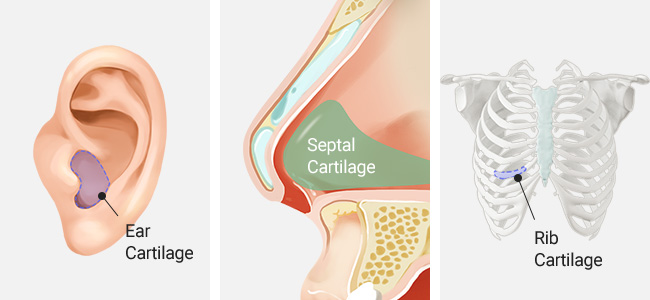
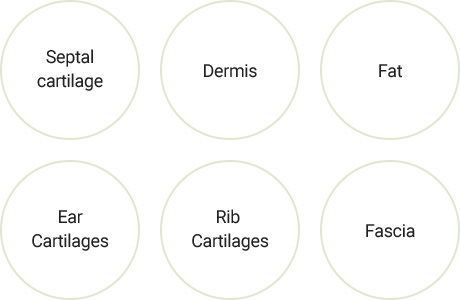
- Artificial implant
-
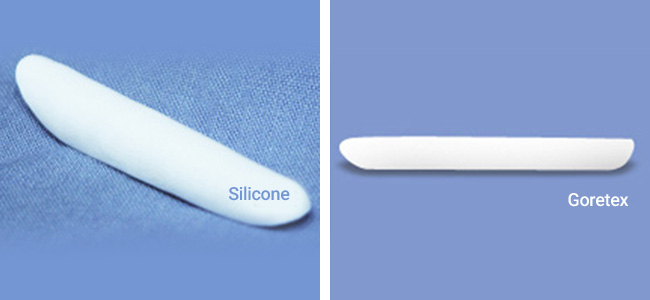
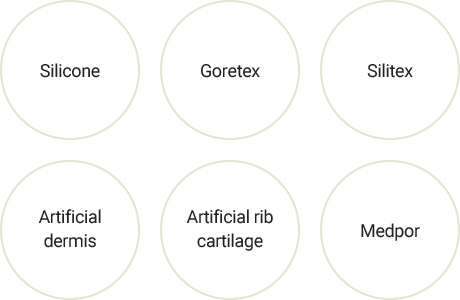
‘Better Together’
Grand Rhinoplasty Package
Completed system with the latest
medical equipments
GRAND offers the most
advanced techniques
Collaboration of specialists in various fields for professional, high-quality customized solution for each patient
Grand Plastic Surgery has a systematic care system consisted of various specialists such as plastic surgeon, dermatologist, oral & maxillofacial surgeon, and anesthesiologist.
Improvement in patient’s appearance in most ideal, beautiful way is possible as 1:1 customized surgery is planed through detailed examination.
Please follow the instructions for
the best results of the surgery!
Before and after
surgery guide
- Before surgery
-
- 1On the day of surgery, it’s recommended to dress comfortably and to bring a hat, sunglasses, glasses, scarves, etc.
- 2If you are taking any medication, please tell your doctor in advance. You have to stop taking your medication from 7 to 10 days before the surgery. (Aspirin, painkillers, etc.)
- 3If you have symptoms of cold and flu, high fever, severe phlegm or cough, it is recommended to postpone the surgery.
- 4Please stop smoking and drinking three days before the surgery.
- 5Please do not eat or drink anything from 6 hours before the operation.(Including candy, gum, beverage, coffee, water)
- 6Driving immediately after surgery is dangerous, so please use public transportation or come with your guardian.
- After surgery
-
- 1You may have a nosebleed for a day or two and it can be wipe off with clean tissue.
- 2Tape is used to fix the surgical site after surgery during healing process. Do no remove the tapes on your own.
- 3Do not blow your nose too hard and do not wear glasses or sunglasses for a month.
- 4Swelling on nasal bridge subsides after about a week from surgery and minor swelling on glabella and nasal tip gets gradually recovered and the speed of healing varies among individual.
- 5Do not bow your head or sleep on your face and use 2-3 fluffy pillows to elevate your head over 20-30 degrees higher than heart position – this helps with swelling and bruising minimization.
- 6Swelling is maximized up to 48 hours after surgery. Use ice pack for the first 3 days and use warm pack afterwards.
- 7Smoking and drinking are prohibited for fast recovery. It can be done starting from 3 – 4 weeks after surgery but only in inevitable situation.
- 8Avoid going to Sauna or hot spring for about 3 weeks after surgery.
Postoperative swelling and bruising may vary depending on the individual's constitution
CONSULTATION INQUIRIES
Our consultant will contact you shortly if you leave your inquiry here.











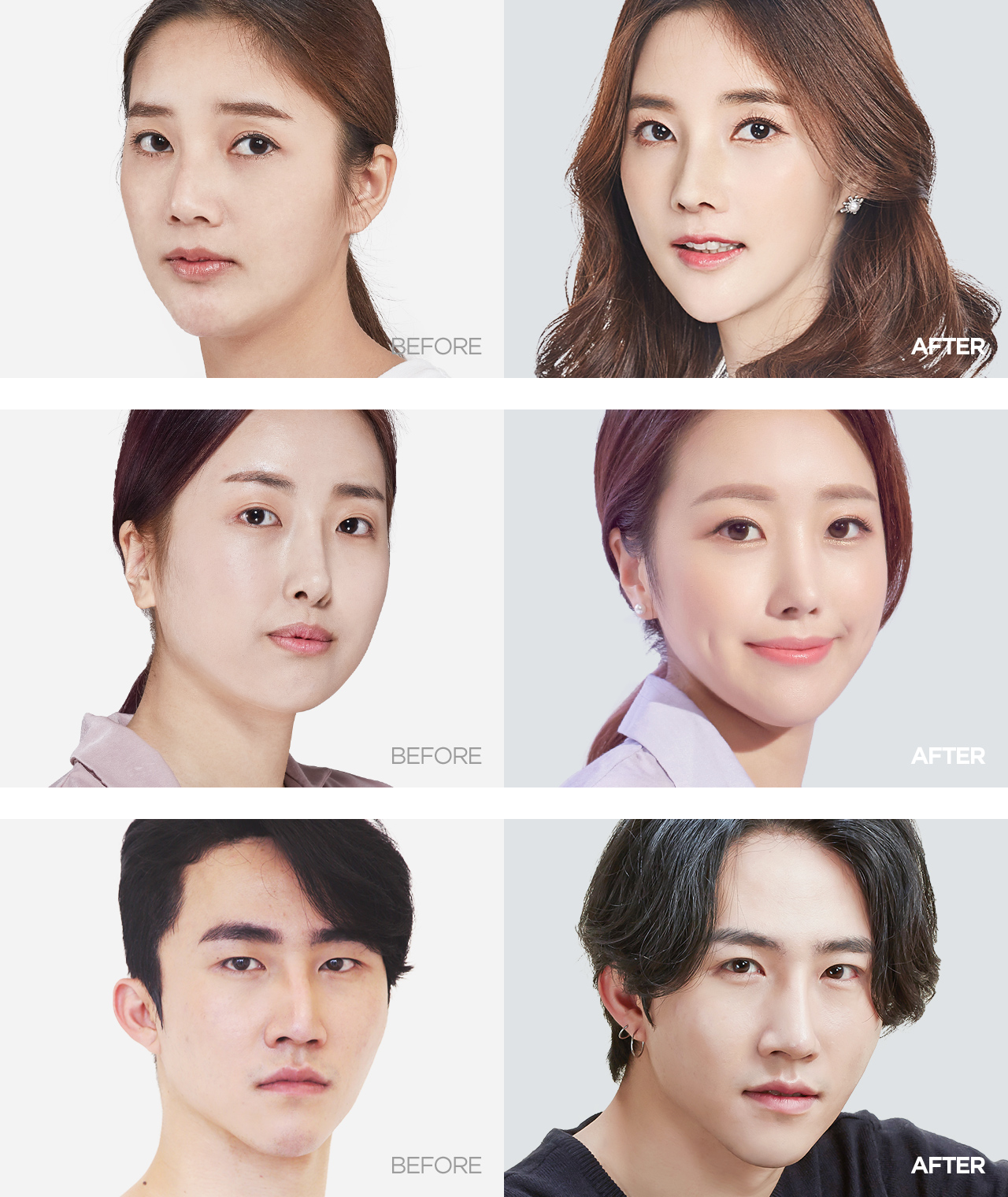
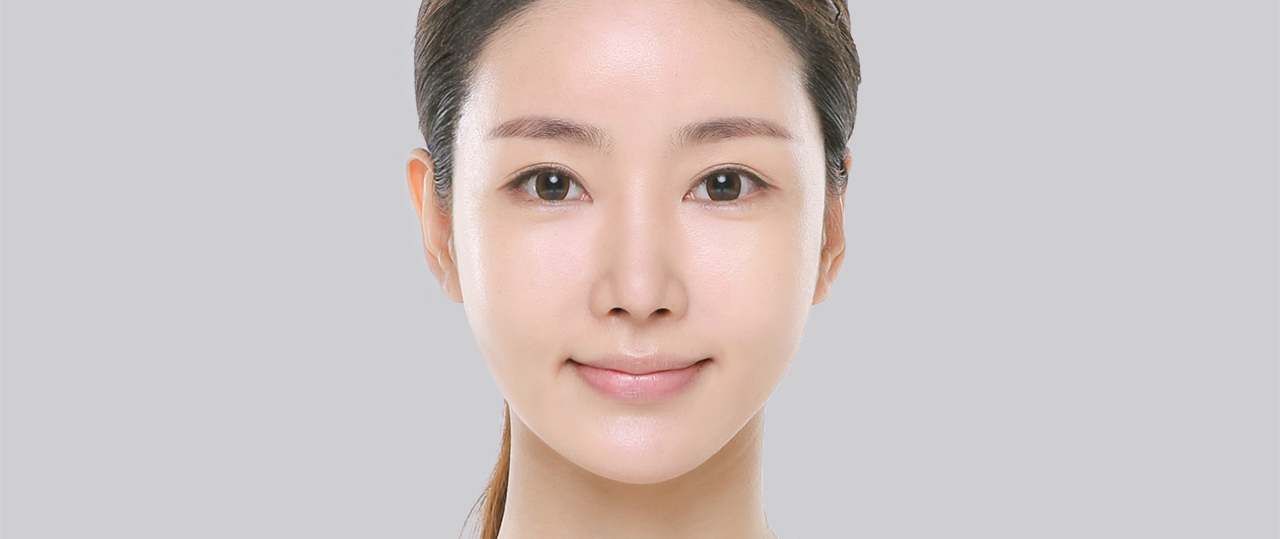
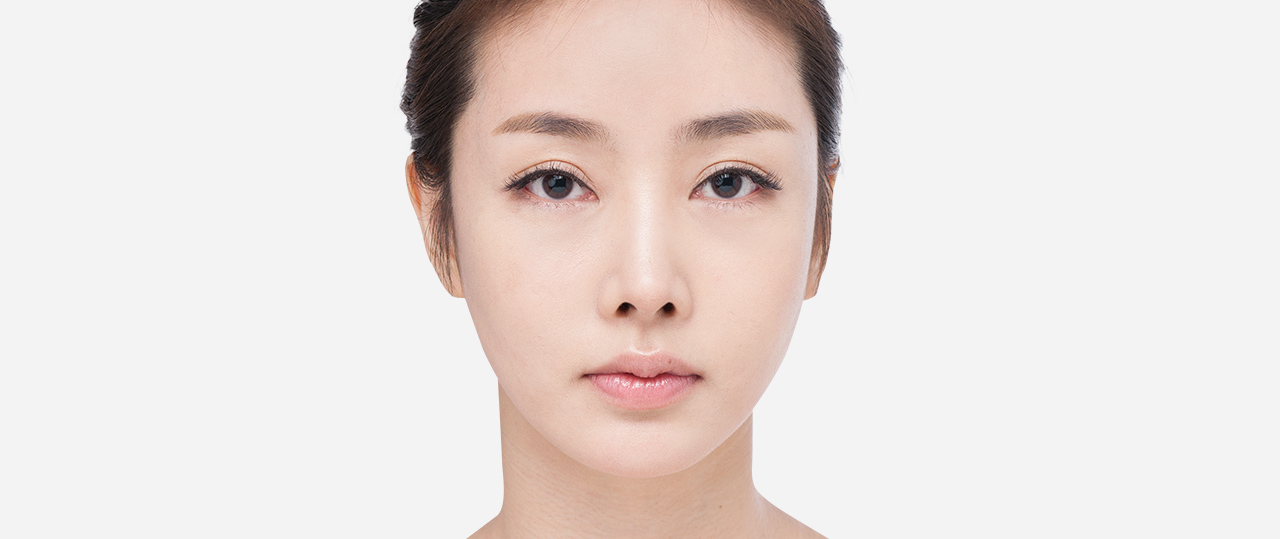

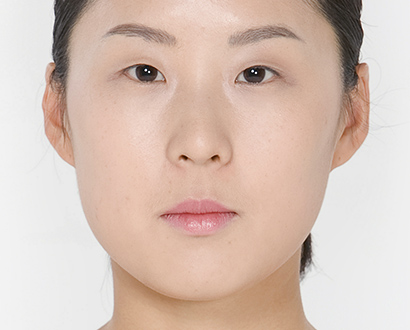
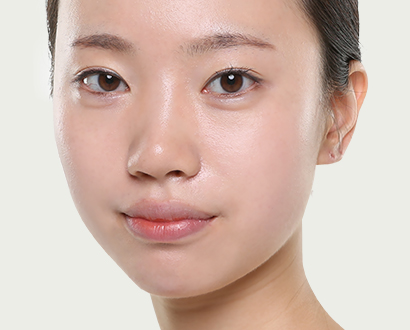
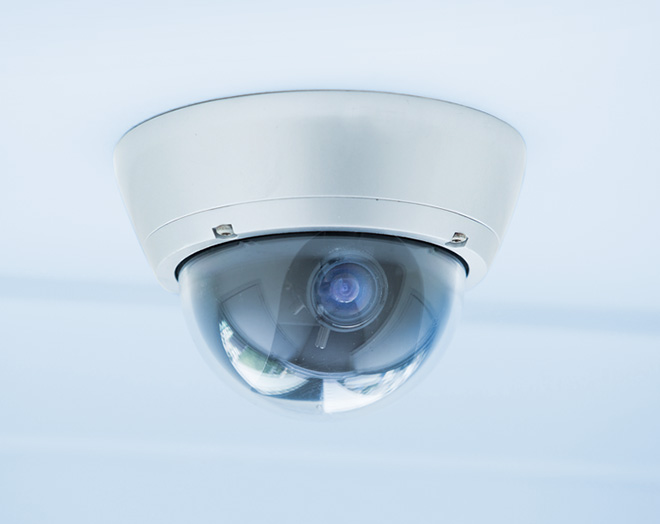 CCTV Observation
CCTV Observation 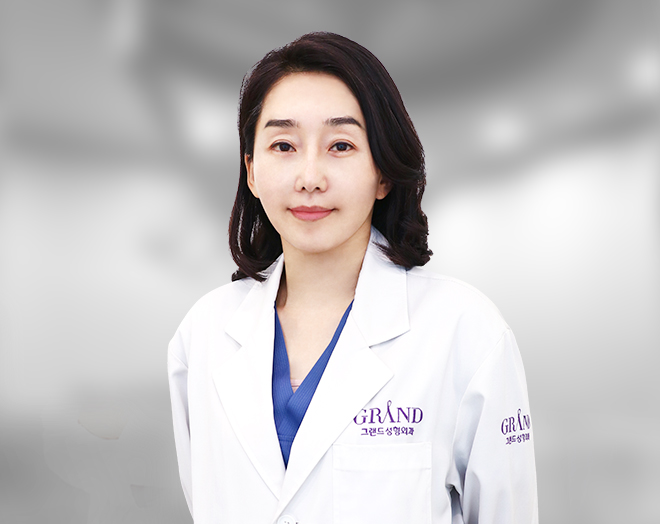 Stationed
Stationed 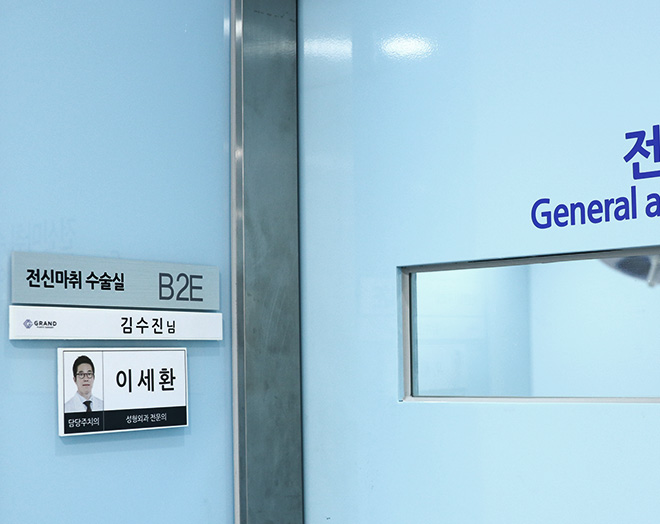 Surgery real-name
Surgery real-name 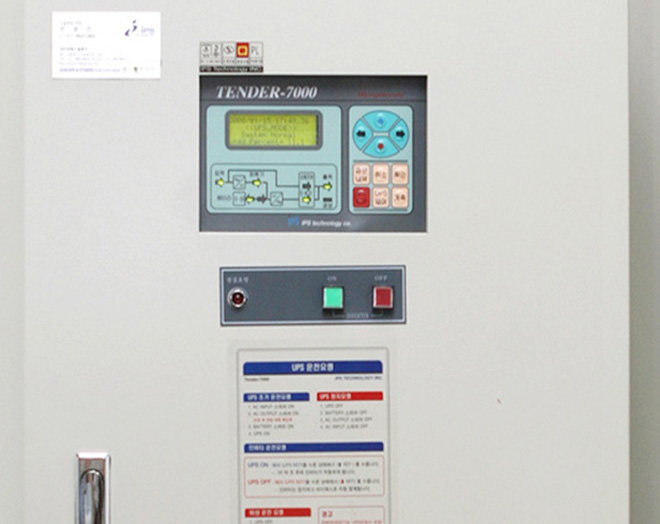 Emergency system fully
Emergency system fully  Air circulator
Air circulator 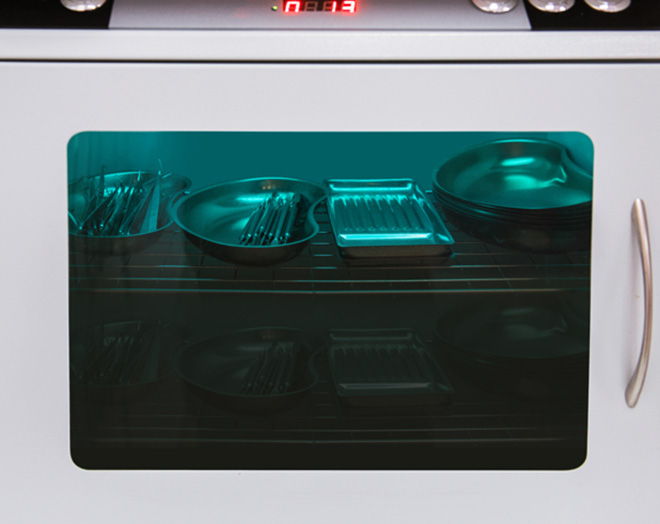 Management of
Management of 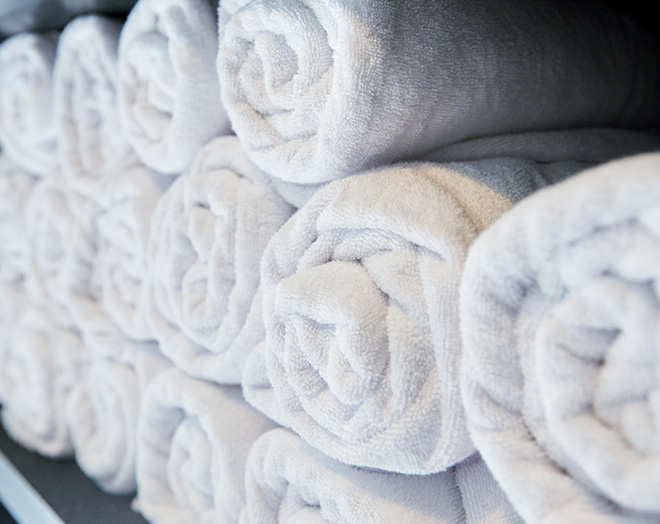 Management of
Management of 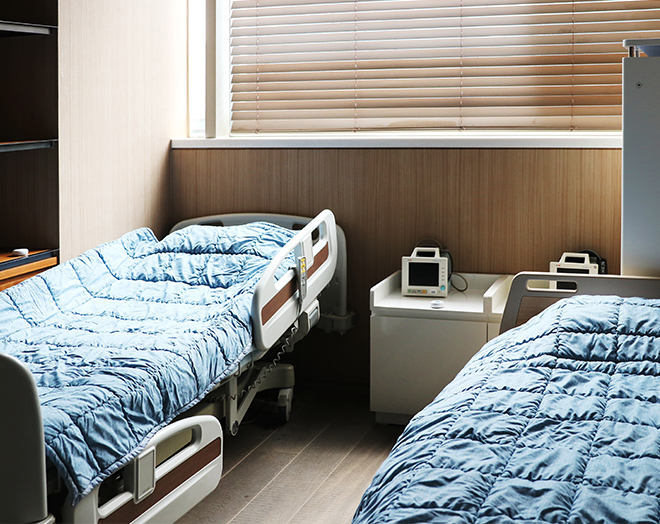 Management of
Management of 




